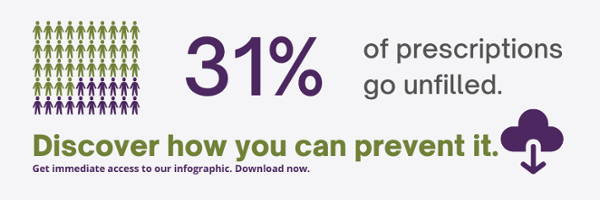Tonsillectomy is among the oldest and most frequently performed surgical procedures by ENT specialists.
Post-tonsillectomy recovery is pivotal for patients, focusing on managing discomfort and minimizing complications such as bleeding. A compounded, rinse formulation integrating budesonide, tranexamic acid, and lidocaine presents a potential approach, tailored for individuals and managed by healthcare providers, particularly ENT specialists. Healing Dose Compounding Pharmacy (HDRx) stands as the ENT compounding experts, working with patients and providers in multiple states for drug combinations that fit specific needs.
HDRx is licensed to ship medications to multiple states with valid prescription: MI, OH, IN, IL, IN, WI, MN.
Understanding Post-Tonsillectomy Challenges
Tonsillectomies, while routine, often result in considerable postoperative discomfort and potential complications. Optimal management of these symptoms is essential for recovery and healing, aiming to improve comfort and prevent problems like bleeding.
The complication of post-tonsillectomy hemorrhage (PTH) is especially concerning due to its potential severity, delayed presentation, and not manifesting until after post-operative day 1 in 83 % of cases.” Source: American Journal of Otolaryngology
John Doe Tweet
Potential Benefits of a Compounded, Rinse Formulation from HDRx
- Tranexamic Acid for Bleeding Management: As an antifibrinolytic, tranexamic acid may help manage postoperative bleeding by inhibiting enzymes that dissolve blood clots. Research indicates its potential utility in reducing post-tonsillectomy hemorrhage, although further validation is needed.
“Treatment of [post-tonsillectomy hemorrhage] PTH with [Tranexamic Acid] TXA appears to reduce the need for operative control of PTH.” Source: American Journal of Otolaryngology
John Doe Tweet
- Budesonide for Reducing Inflammation: Including budesonide may help manage inflammation post-surgery, potentially reducing discomfort associated with recovery.
Combined anti-inflammatory therapy that consists of oral montelukast and intranasal budesonide effectively improves and/or normalizes respiratory and sleep disturbances in children with residual SDB after [Tonsillectomy and adenoidectomy] T&A.” Source: Pediatrics
John Doe Tweet
-
Lidocaine for Pain Management: Lidocaine, used as a local anesthetic, may provide temporary relief from postoperative pain, contributing to overall patient comfort.
Application and Dosing
The application of this compounded mixture, ideally under the guidance of an ENT specialist, is tailored to individual patient needs, considering factors such as age and health status. The frequency and dosage require careful adjustment by healthcare professionals.
Collaboration with Compounding Pharmacies
For healthcare providers, partnering with a compounding pharmacy like Healing Dose Compounding Pharmacy (HDRx) allows for the customization of medications to fit specific patient needs. HDRx provides consultations and collaborates closely with healthcare providers and/or patients to formulate medications following the highest safety and quality standards.
What does being PCAB Accredited mean?
Being PCAB (Pharmacy Compounding Accreditation Board) accredited signifies that a pharmacy has met rigorous standards for compounding medications. This accreditation ensures that the pharmacy adheres to industry-recognized quality and safety guidelines in their compounding processes. It reflects a commitment to maintaining the highest level of competence and performance, which helps in providing patients with safe, high-quality compounded medications. For patients and healthcare providers, choosing a PCAB accredited pharmacy means trusting in a facility that has been thoroughly evaluated and meets comprehensive standards.
While the combination of budesonide, tranexamic acid, and lidocaine offers a potential strategy for improving post-tonsillectomy care, working with your doctor and an experienced team of pharmacists is essential. ENT specialists interested in exploring this compounded option may benefit from partnering with HDRx for the best patient experience.
HDRx is committed to collaborating with healthcare professionals to explore compounded medications that address the unique challenges of post-tonsillectomy recovery.
References
Ikoma, R., Sakane, S., Niwa, K., Kanetaka, S., Kawano, T., & Oridate, N. (2014). Risk factors for post-tonsillectomy hemorrhage. Auris Nasus Larynx, 41(4), 376-379.
Kheirandish, L., Goldbart, A. D., & Gozal, D. (2006). Intranasal steroids and oral leukotriene modifier therapy in residual sleep-disordered breathing after tonsillectomy and adenoidectomy in children. Pediatrics, 117(1), e61-e66.
Spencer, R., Newby, M., Hickman, W., Williams, N., & Kellermeyer, B. (2022). Efficacy of tranexamic acid (TXA) for post-tonsillectomy hemorrhage. American Journal of Otolaryngology, 43(5), 103582.


